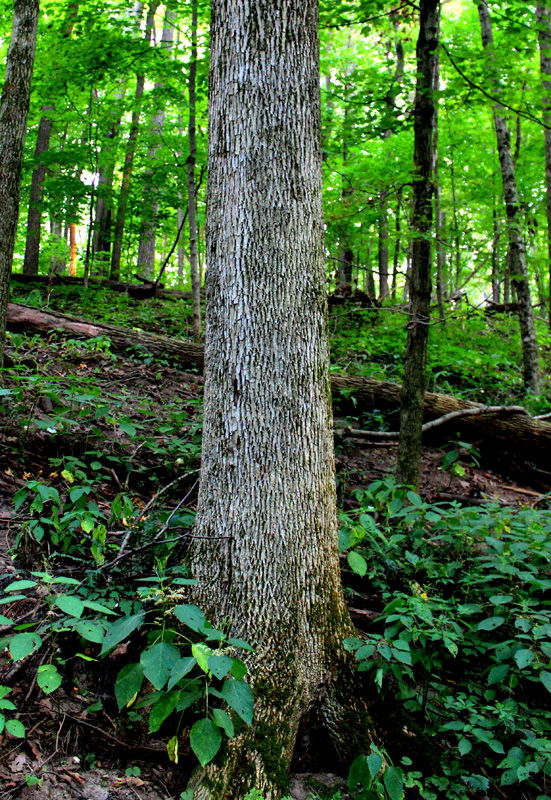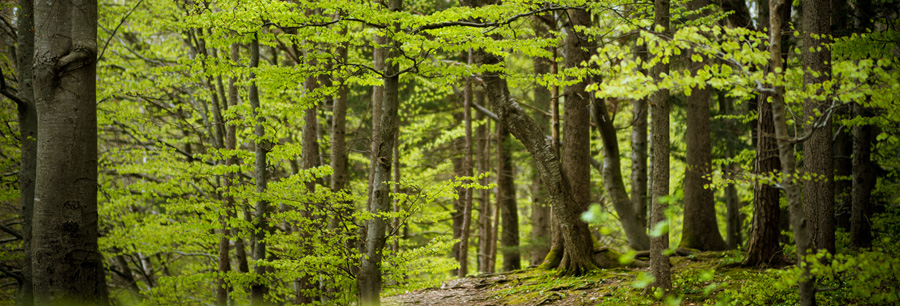Ash (Fraxinus)
is a common tree in the Midwest. There are 16 species in the United States, but the two most common are white and green ash. These two species are extremely difficult to decipher between. The industry lumps the two into one category of ash.
Wildlife Value
Ash trees do not supply much value to wildlife. The female trees do however commonly feed purple and house finches. Also various rodents and turkeys will feed on the seed from the female trees. The seeds are flattened, winged and look a bit like a canoe paddle. The leaves of ash trees are not ate by wildlife, except for the porcupine. Also, ash trees do not commonly hollow out to create cavities for wildlife as some trees do.
Commercial Value

The wood grain appears much like oak. Though a differences is that it does not have the large wood rays seen on quartered surfaces of oak. As a result, when stained correctly, it can be substituted for flat sawn oak. The weight and mechanical properties of white ash can vary greatly. Trees that are vigorous fast growing the wood will be dense and strong, whereas very slow growth wood will be light and almost brash.
The species has been under attack for the past decade by the emerald ash borer. This insect is native to Asia and will girdle and kill the ash trees. Numerous areas in Michigan, northwestern Ohio, northeastern and central Indiana, northeastern Illinois, Maryland, Pennsylvania,and Canada are quarantined. Trees should probably be processed before or as soon as they are infected to obtain as much white sapwood as possible. As the tree dies, the white sapwood, which is preferred in ash, tends to discolor.
Firewood Attributes
25 million BTU’s in a cord of air dried firewood.
Easy to burn.
Easy to split.
Does not smoke heavy.
Throws no/few sparks.
Minimal aroma.
http://woodheat.org/firewood.html

